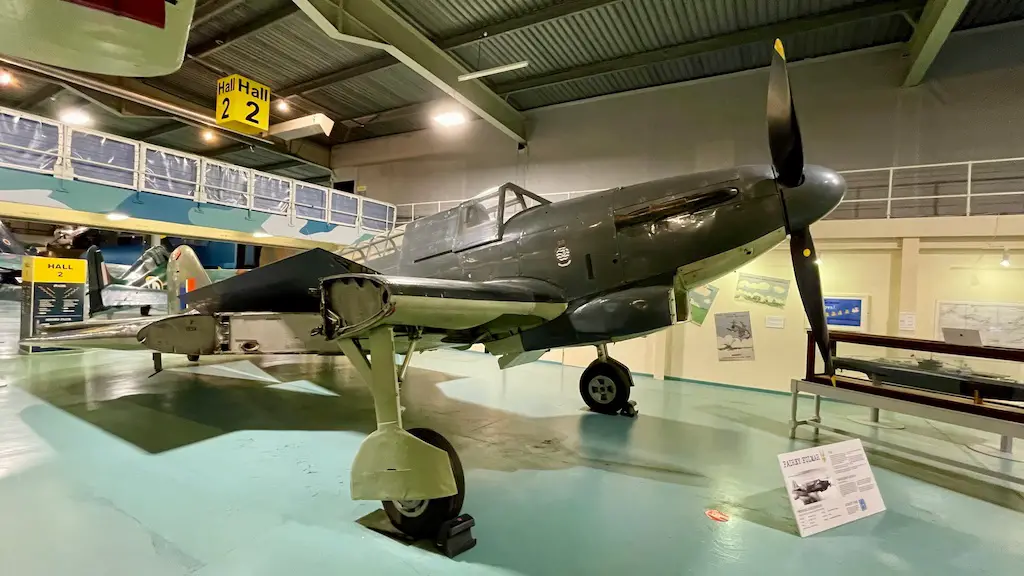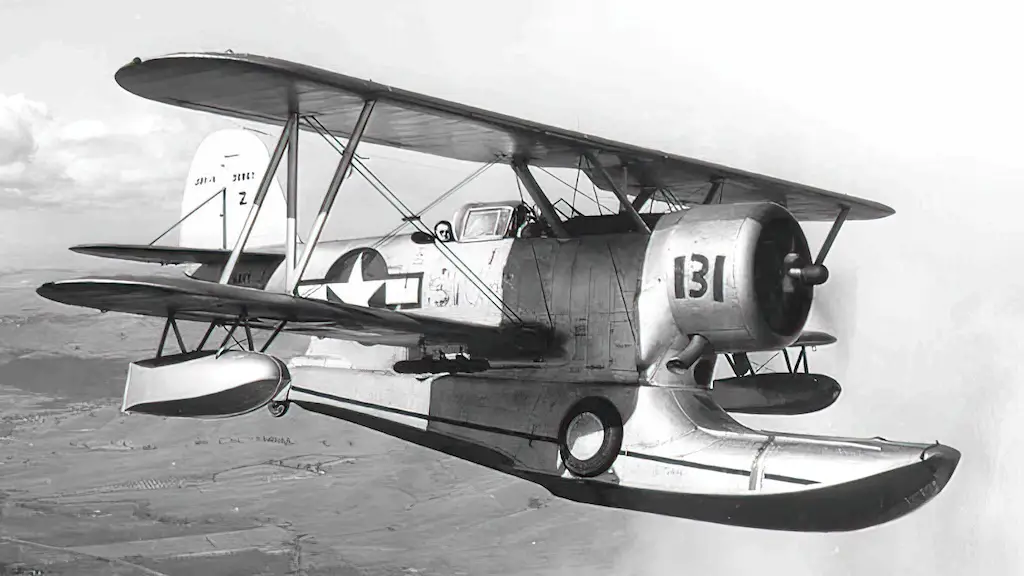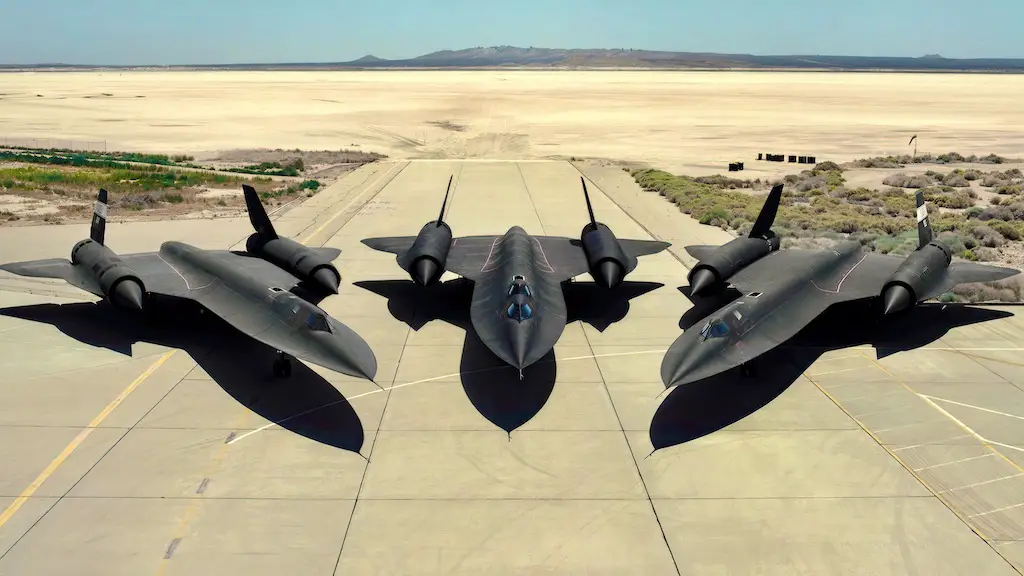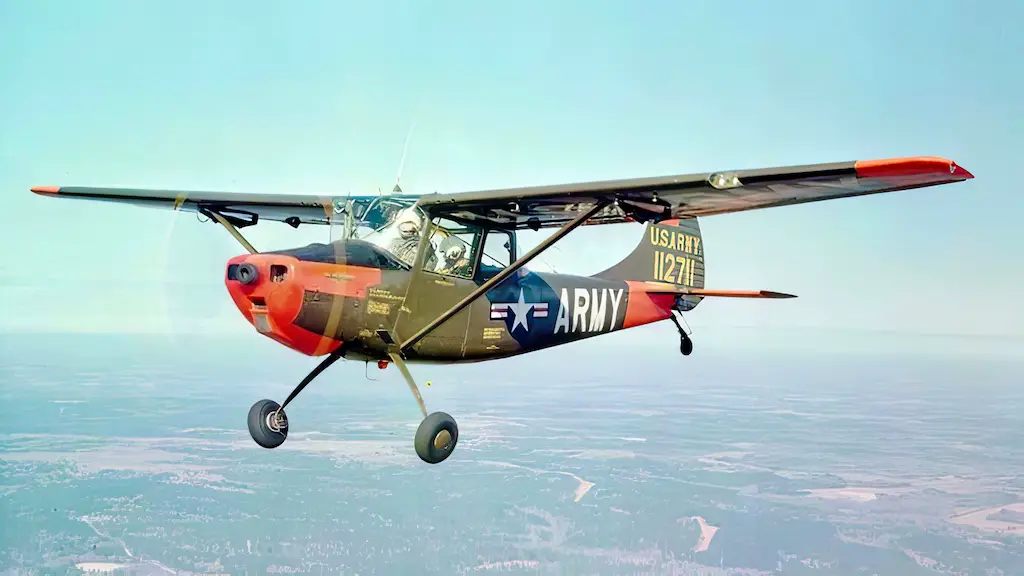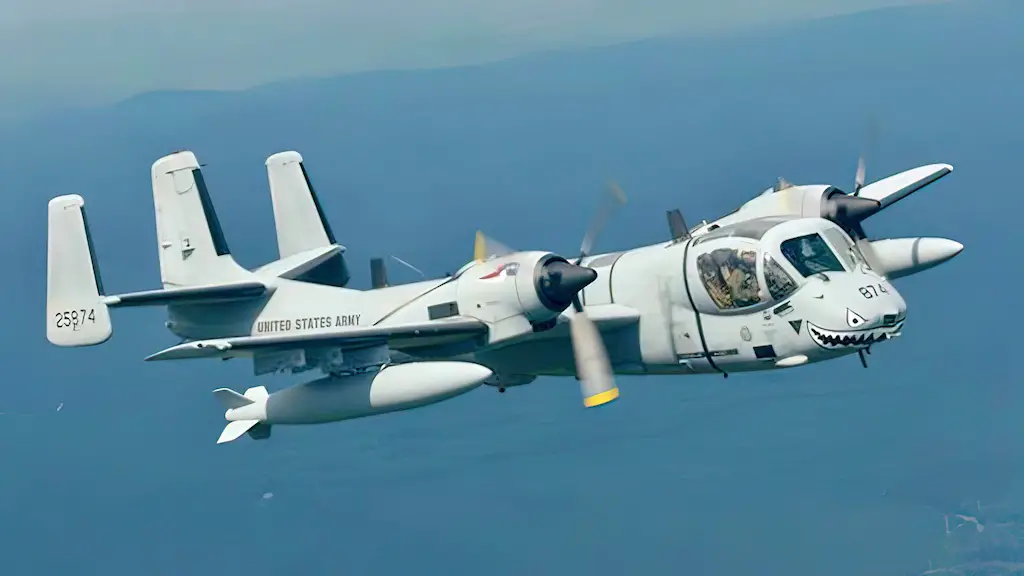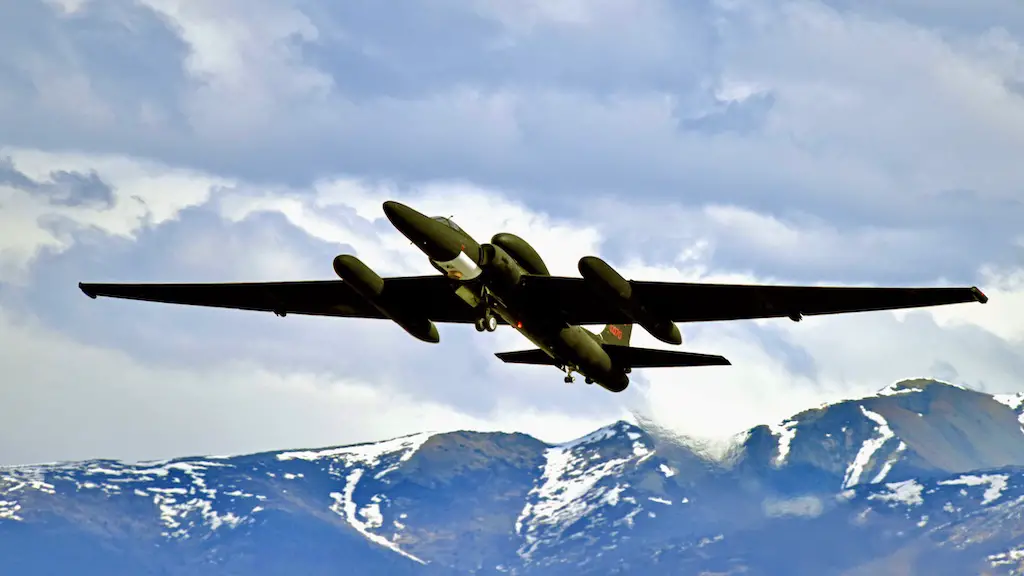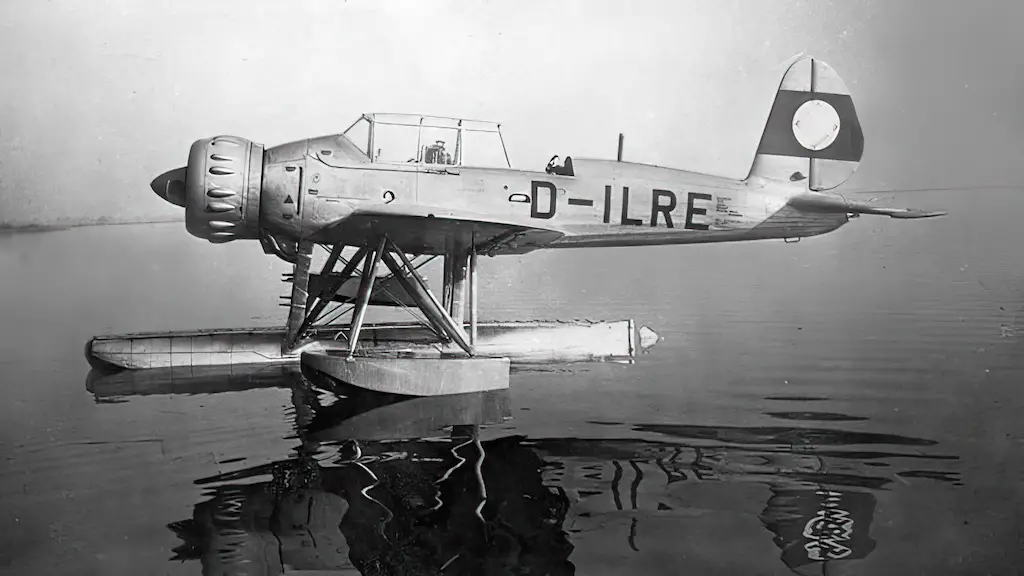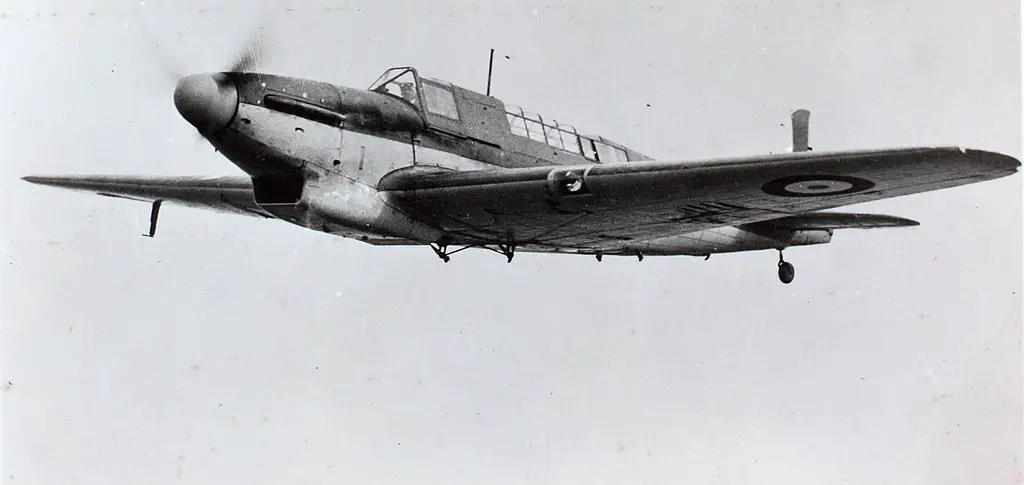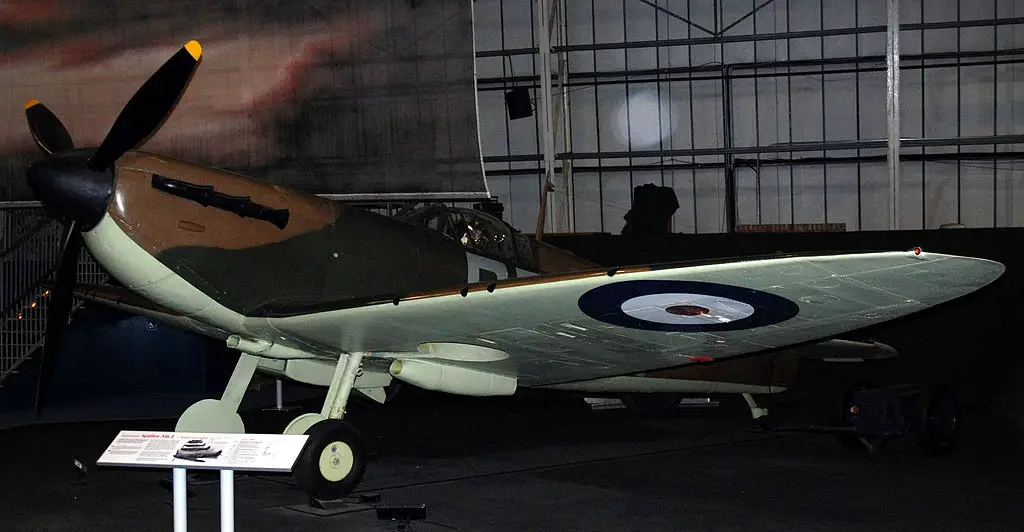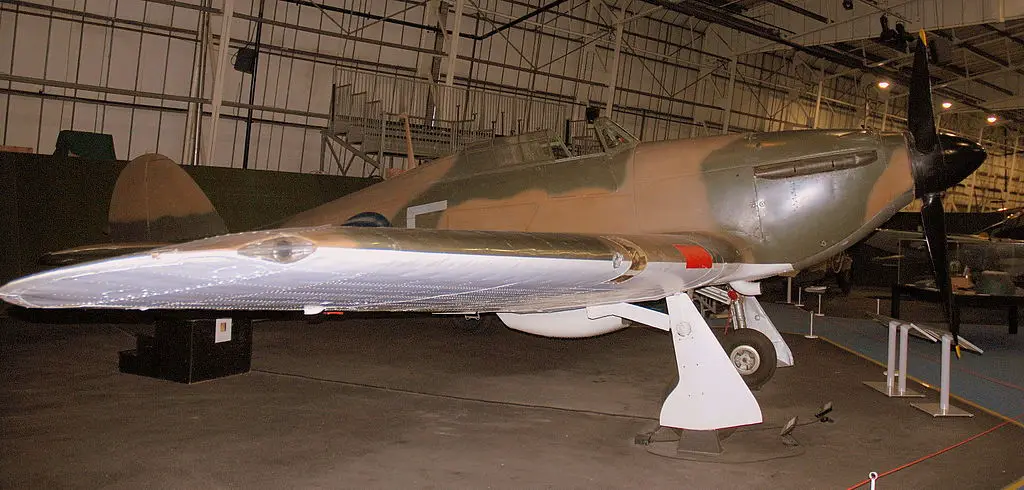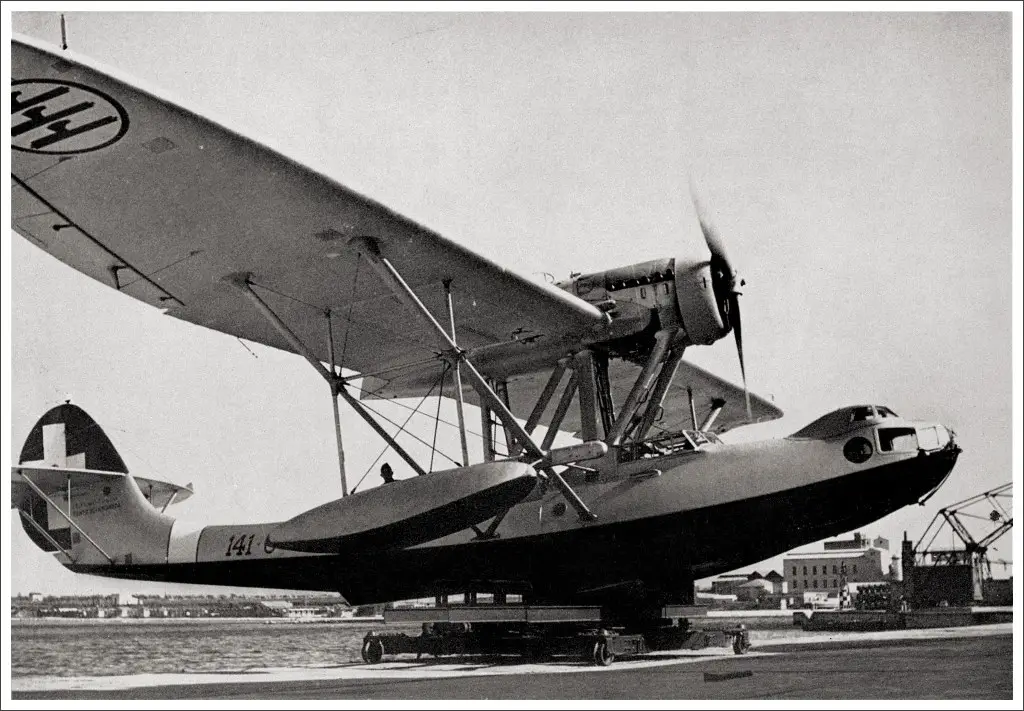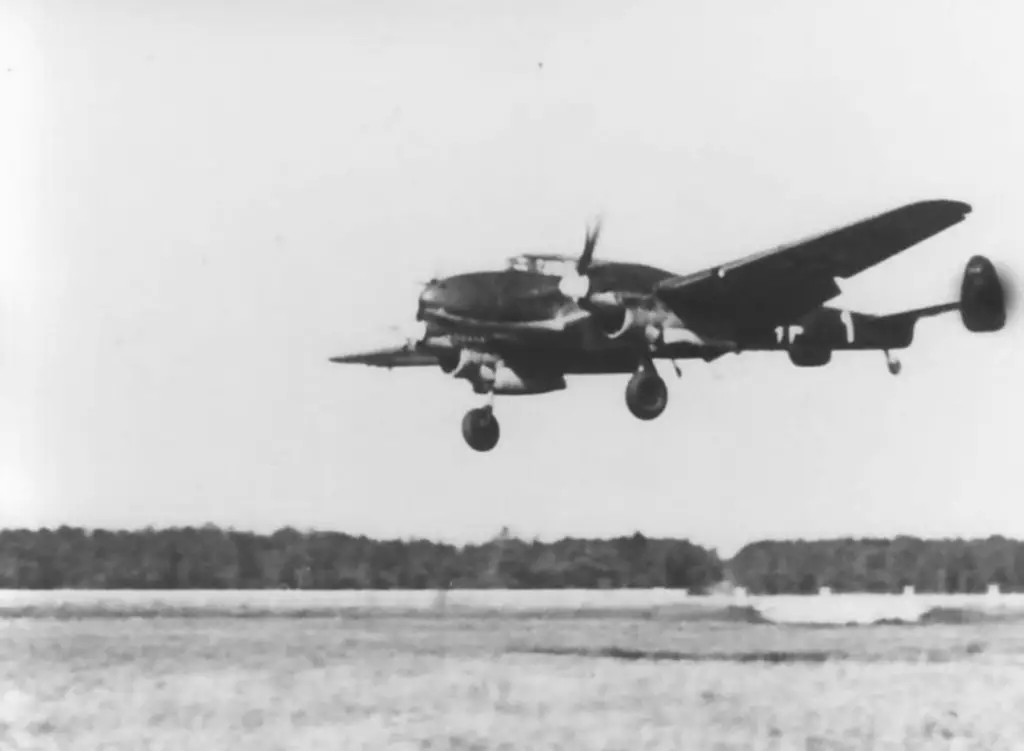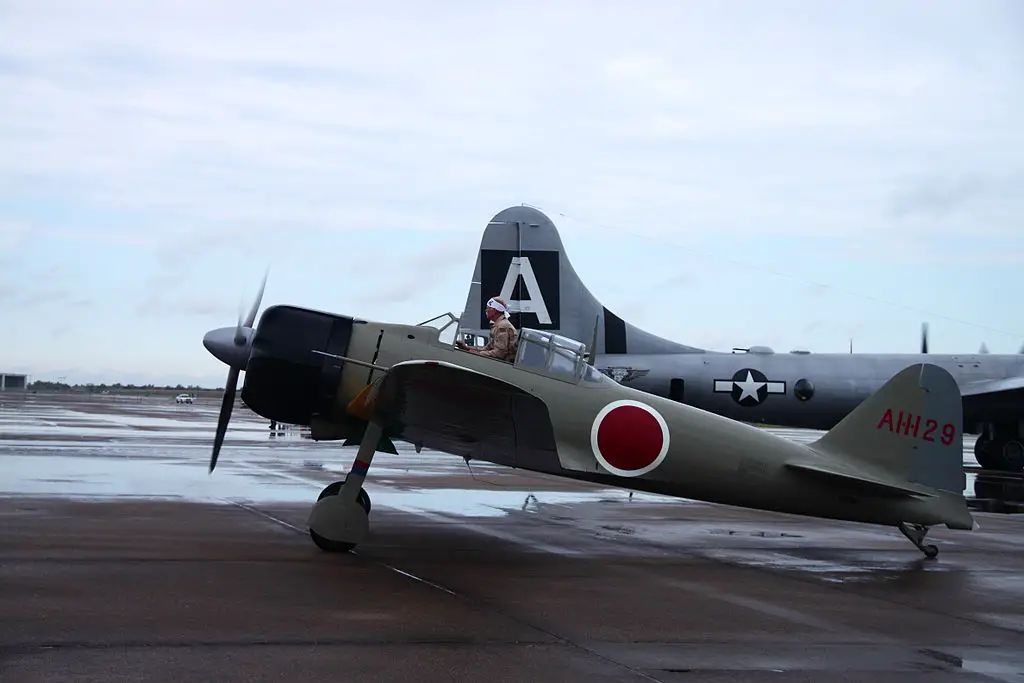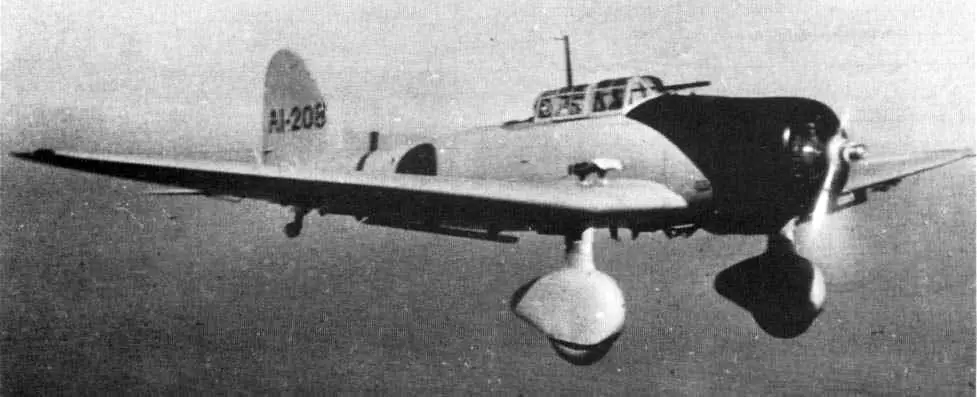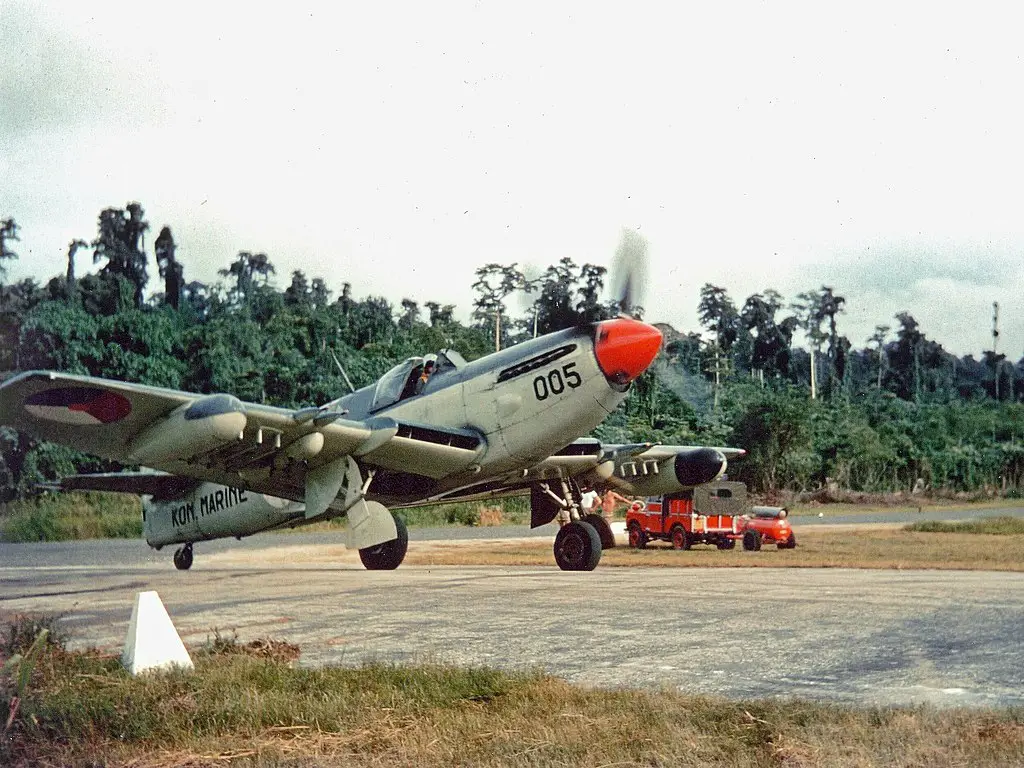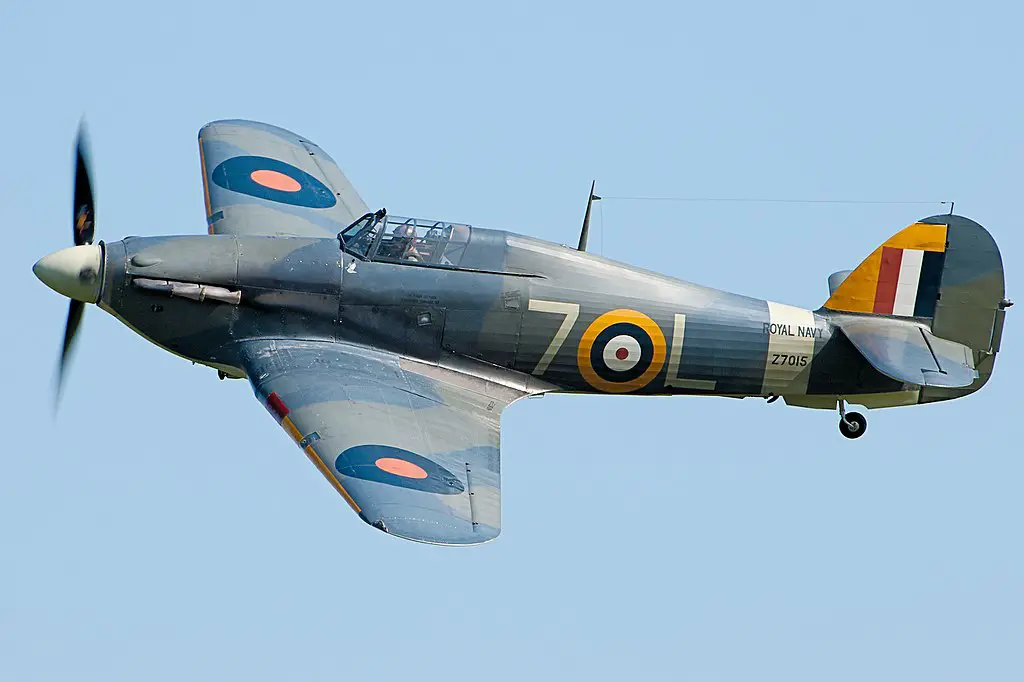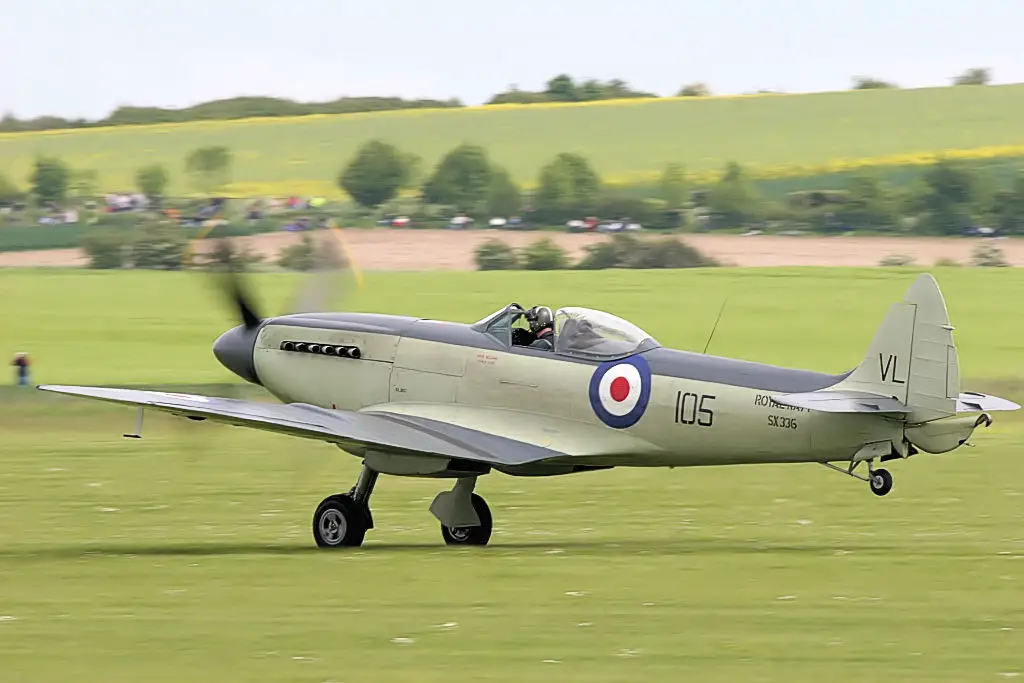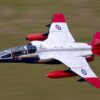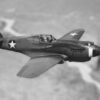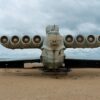Designed in the mid-1930s and introduced into the British naval service in 1940, Fairey Fulmar was a fairly advanced carrier-based fighter aircraft for its time. As the Second World War progressed, it became increasingly obsolete, but during the critical first years of the war its capabilities stood the Royal Navy in good stead. Flying off the carrier decks, Fulmars were instrumental in protecting Allied convoys from Axis vultures, be it in the warm waters of the Mediterranean, or in the freezing cold of the Arctic. The Fulmar also served as the Navy’s eyes spotting enemy ships in the vast ocean waters.
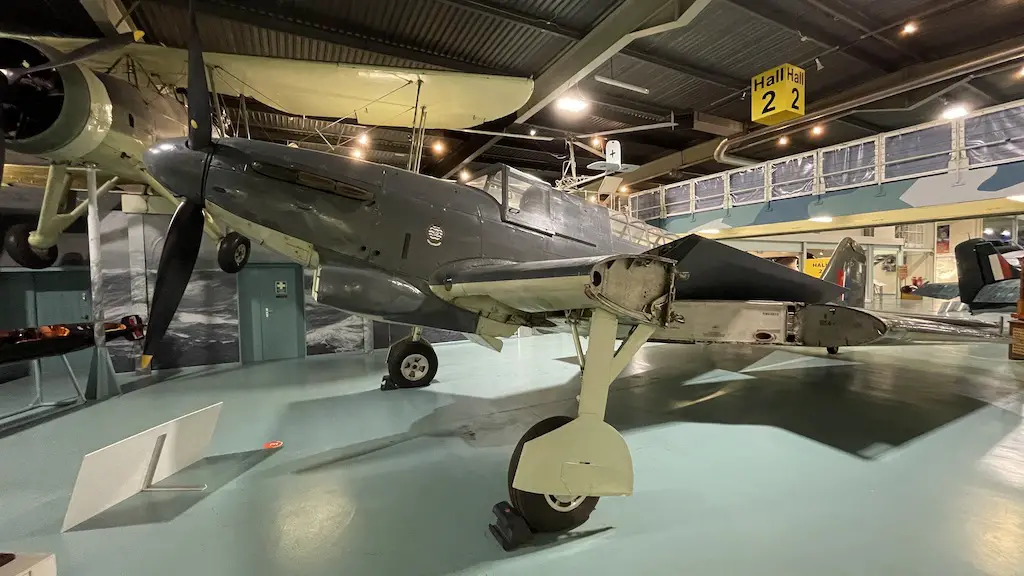
A declined bomber design
Fairey Aviation did not develop the Fulmar from scratch. Instead, it brought back to life its mid-1930s light bomber project, the P.4/34, which had been abandoned at the time in favor of a competing design. The Fulmar was a two-seater with a place for a navigator, whose job was to ensure that the plane could safely return back to the carrier in any weather. The navigator also performed the duties of wireless operator, sending to the base all the hottest intelligence uncovered during reconnaissance sorties.
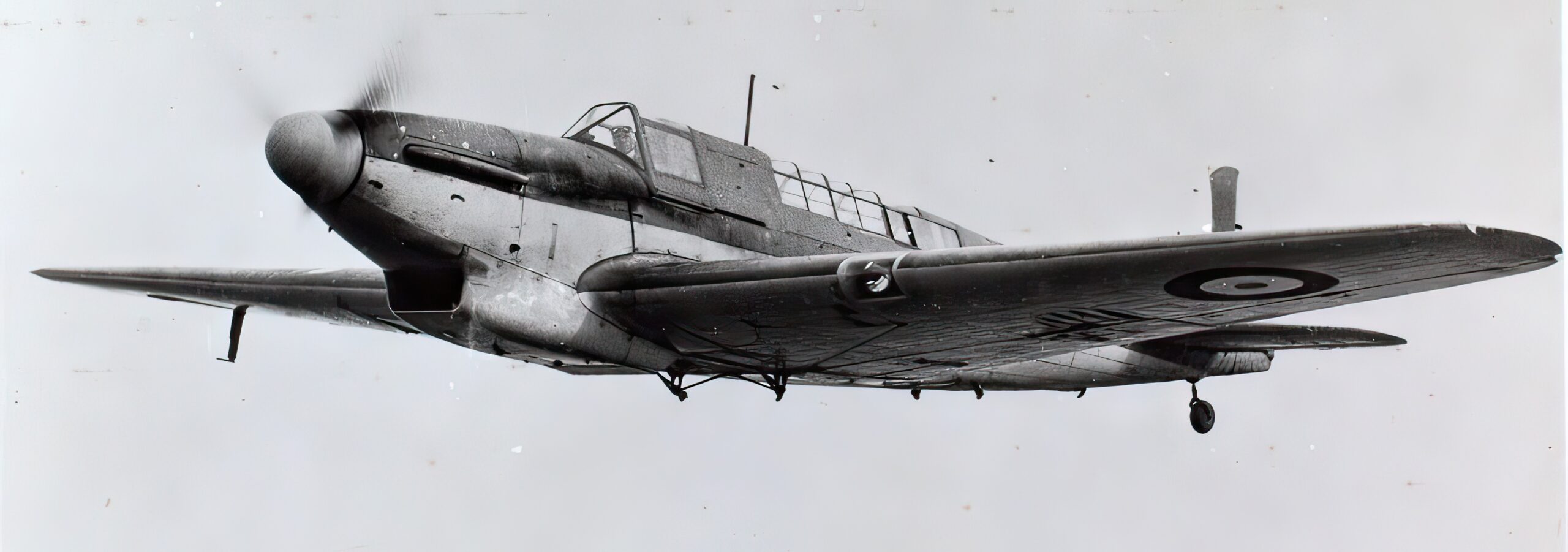
Good enough
Fulmar was not a top fighter by the standards of the early 1940s, especially in comparison to its land-based contemporaries. Although powered by a 1,080-hp Rolls-Royce Merlin VIII engine, similar to the ones installed on Spitfires and Hurricanes, larger and heavier Fulmar was significantly underpowered. It had a top speed of just 247 mph, a low rate of climb and modest maneuverability. A later version had a more powerful engine, but that did not result in any significant improvement in performance.
However, the Fleet Air Arm still operating ancient biplanes was in desperate need of new fighters, and in 1940 Fulmar was introduced into service with the FAA. On the plus side, the Fulmar boasted enviable endurance and could remain on patrol for up to four hours. It was also formidably armed with whopping eight 0.303in machine guns with 750 rounds per gun—twice the ammo supply of a Hurricane. Besides, in the British military planners’ opinion the Fulmar would not actually encounter superior land-based enemy fighters in combat (they were wrong).
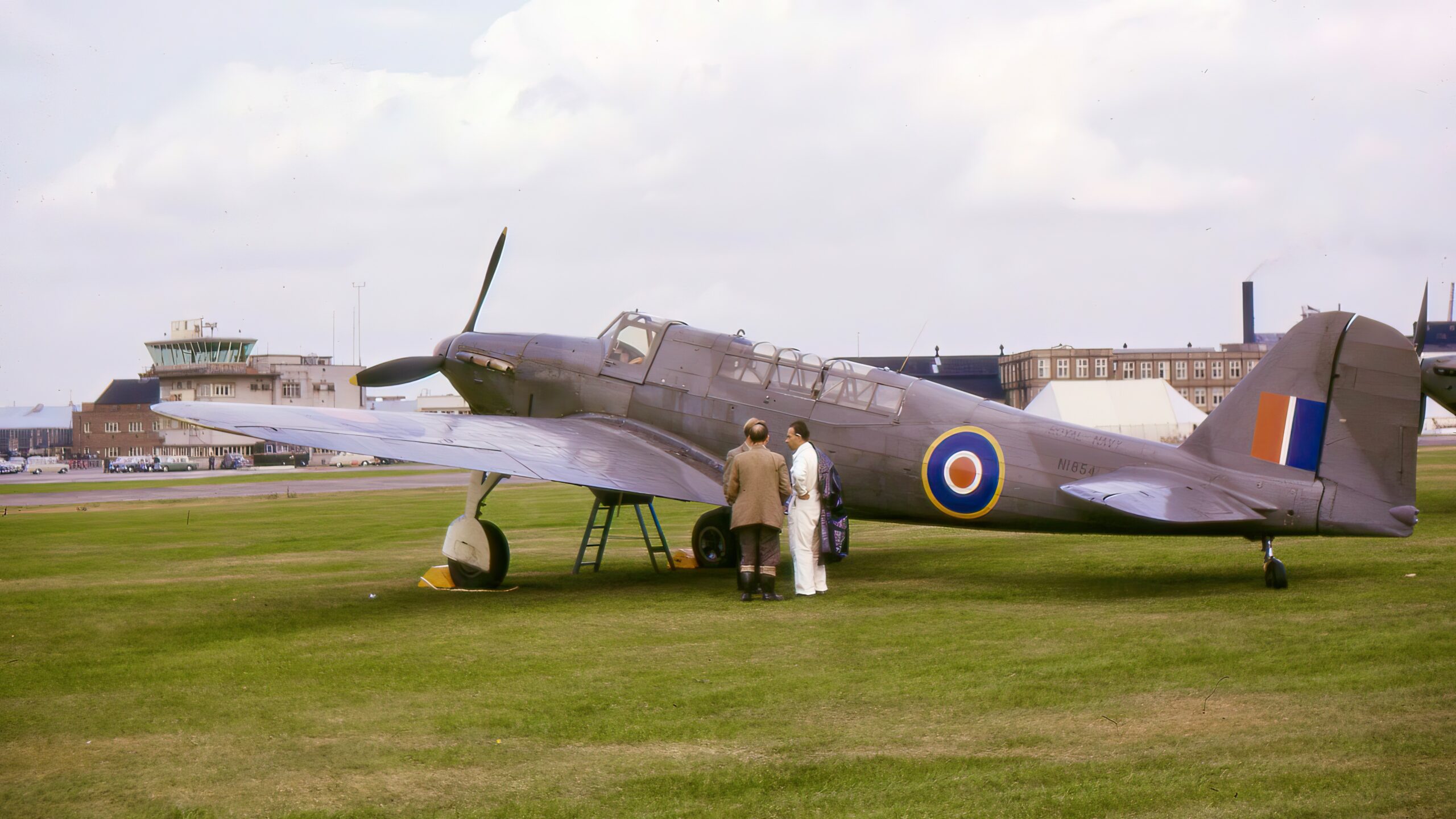
Guarding convoys in the Mediterranean and the Arctic
The first operational squadron equipped with the new type was formed onboard HMS Illustrious by September 1940. It was immediately deployed to the Mediterranean to guard convoys on their way to beleaguered Malta. There the Fulmar soon scored its first kills. On September 2, four Italian Savoia Marchetti SM 79 bombers and a CANT Z.501 Gabbiano flying boat went down.
By January of the next year, the Fulmars onboard HMS Illustrious alone scored a total of 26 aerial victories. These included not just the slower bombers but also some older Italian fighters. However, it was no easy thing. The Fulmar had only a marginal speed advantage, which meant its pilot often had only one attack run—done in a dive from above—to destroy the target.
Fulmars also operated in the North Atlantic. In late May 1941, Fulmars flying off HMS Victorious took part in the chase of the German Bismarck battleship, and later in the war they were instrumental in protecting the Arctic convoys.
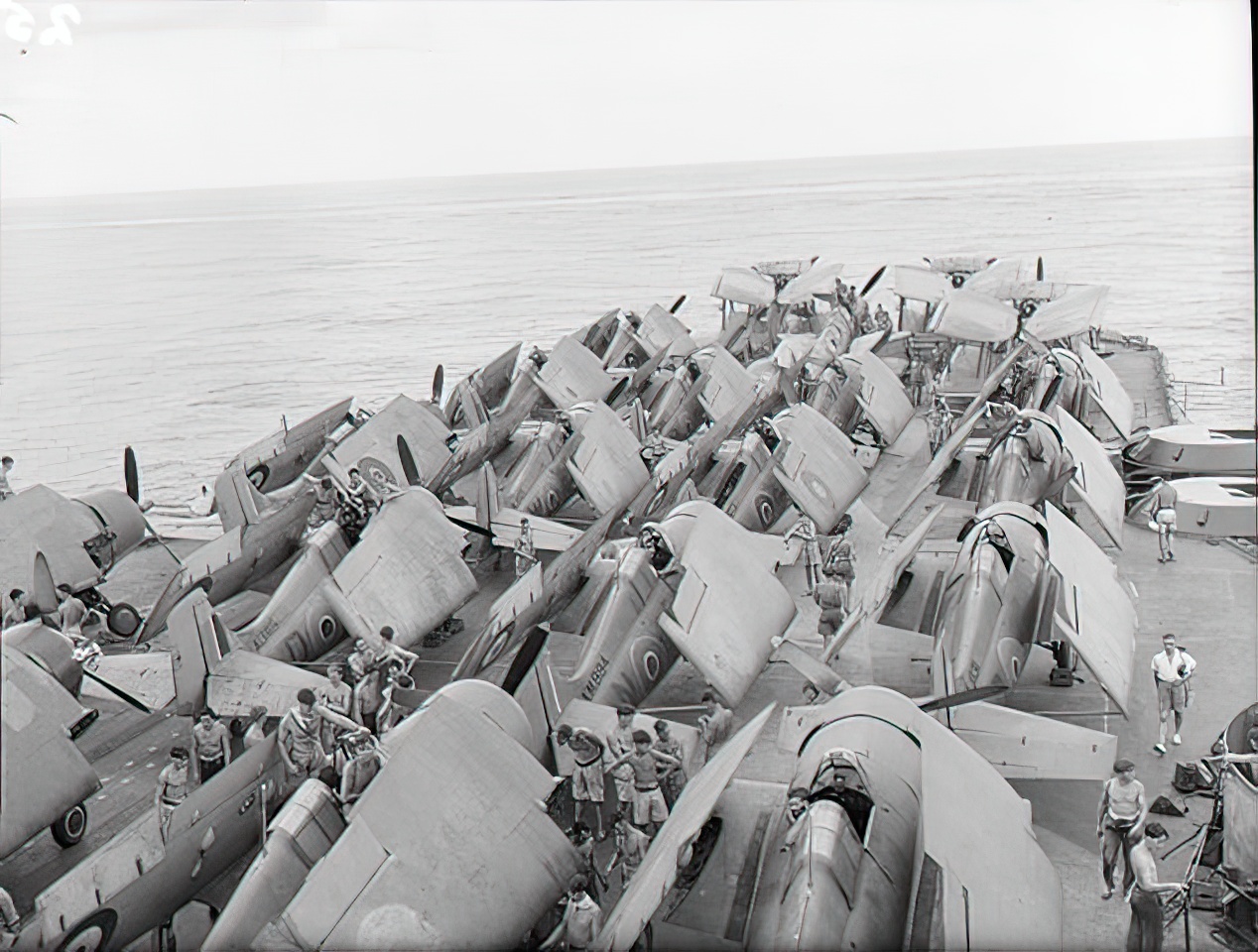
Fulmar Vs Axis fighters
Shooting down outdated Italian fighters was not that difficult. But when German aircraft arrived in the Mediterranean in early 1941, Fulmars were faced with serious problems. They’re inferiority to Messerschmitt Bf 109 and Bf 110 in speed and maneuverability was obvious. Besides, having eight machine guns is good but in a dogfight a pair of cannons may often come handier, and Fulmar had none.
The lack of rear-facing guns also made it quite an easy prey for enemy fighters. Trying to offset this shortcoming, the Admiralty later ordered all Fulmar air observers to carry a Thompson sub-machine gun in flight. But that wasn’t much of help, of course. Some airframes were fitted with a Vickers K machine gun—that was somewhat better.
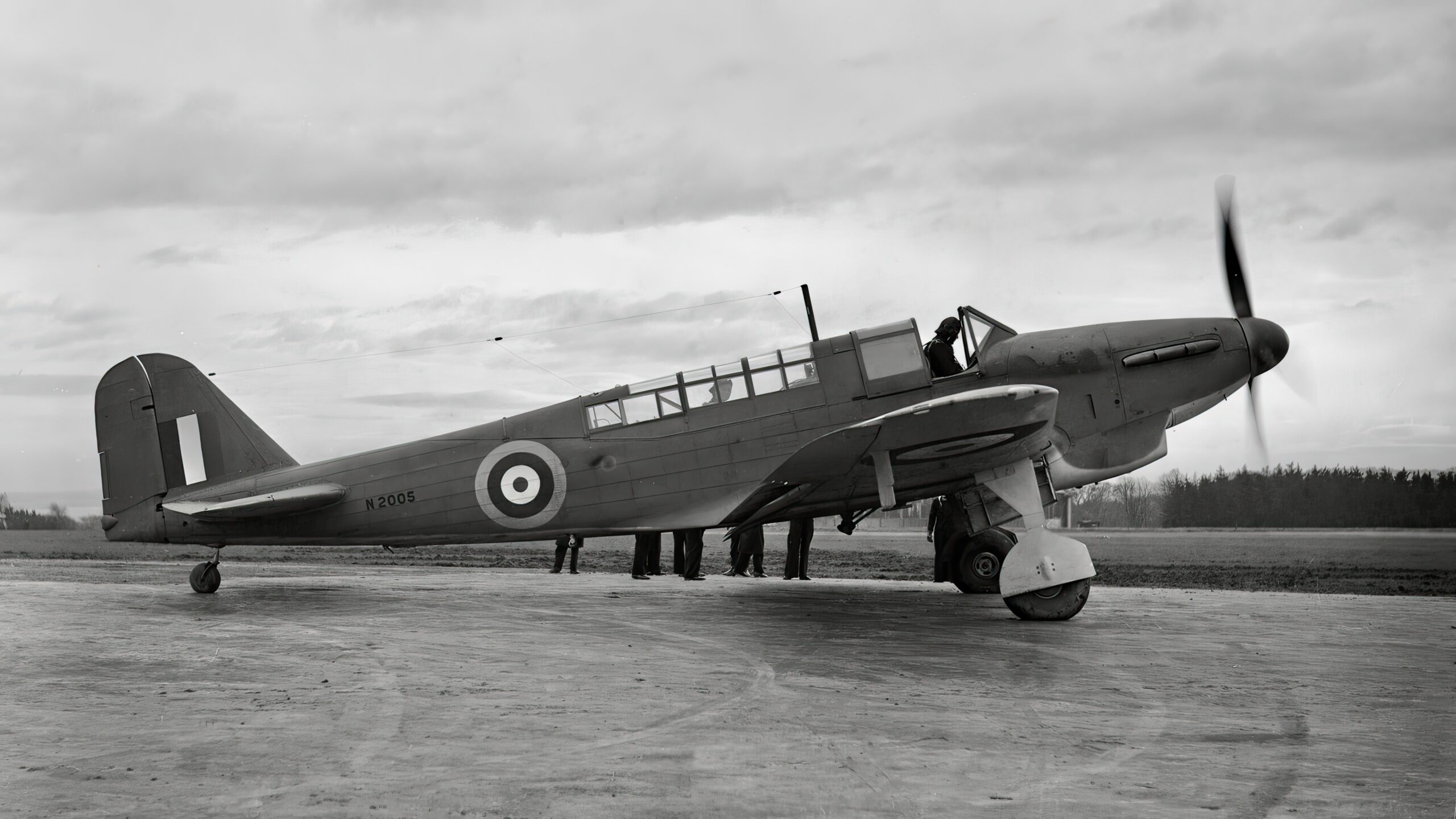
When Fulmars were deployed to Ceylon, they also soon proved to be inferior to more advanced Japanese aircraft, such as Mitsubishi A6M Zero and even Aichi D3A dive-bombers. Despite suffering serious losses, Fulmars did incur some damage on the Japanese air force too, bringing down some D3As, as well as Nakajima B5N bombers. Overall, 40 Fulmars out of the 600 produced were lost to enemy action during the war, including sixteen in dogfights.
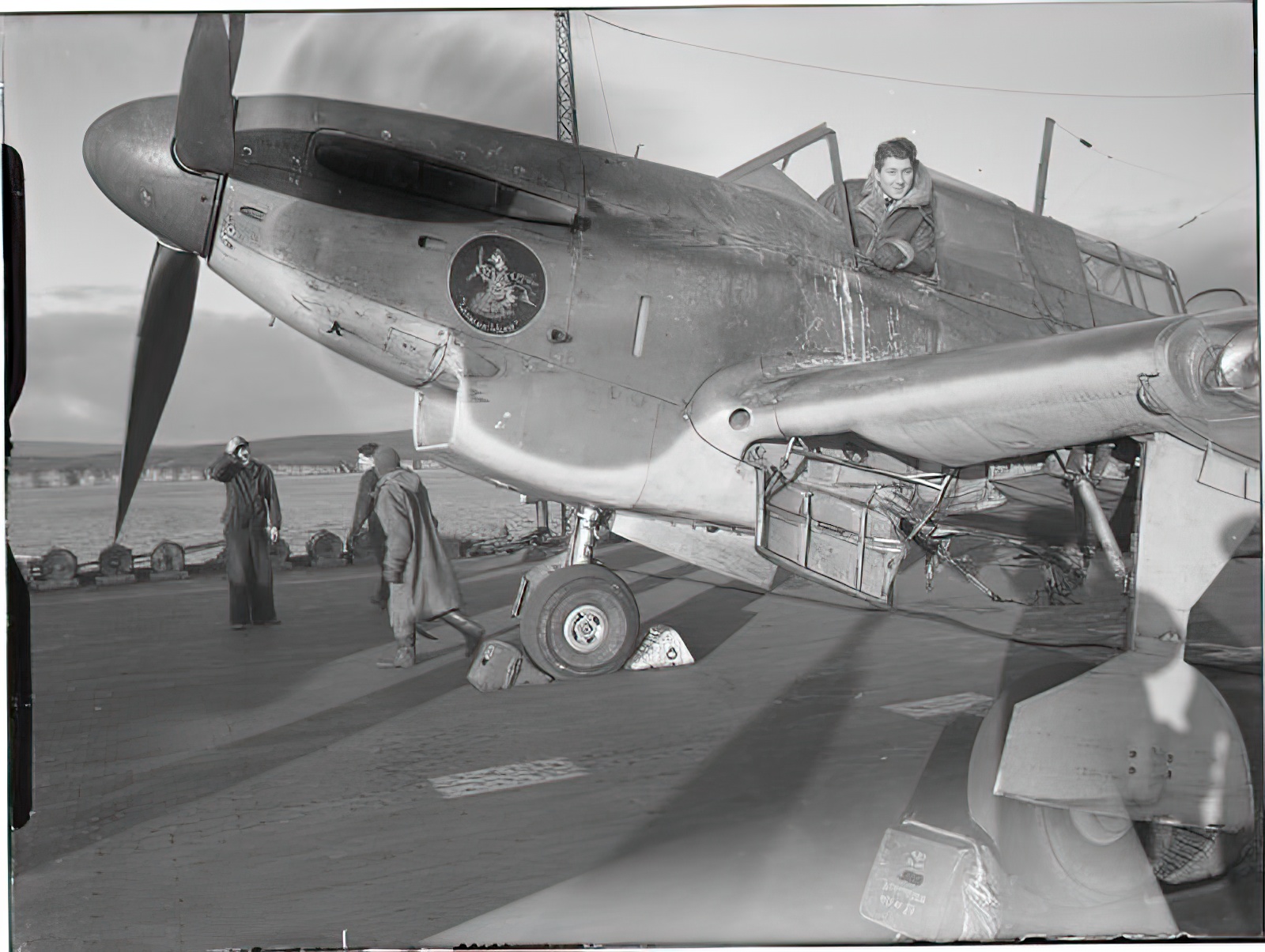
Retirement
At the height of its career, the Fulmar equipped twenty squadrons based on eight fleet aircraft-carriers and five escort carriers. After 1942, the frontline daylight fighter niche was increasingly filled by more advanced aircraft, such as Fairey Firefly, Hawker Sea Hurricane and Supermarine Seafire.
In March 1943, the last Fulmar fighter squadron was withdrawn from frontline service.
Still, many of them remained in service until February 1945 in secondary roles. About 100 Fulmars were converted into night fighters—without much success. Radars added too much weight to the already cumbersome airframe, which meant the Fulmar had very little chance of actually downing any enemy aircraft.
The Fulmar proved to be a good stopgap measure during the hardest days of the war. It scored 122 aerial victories and saved numerous warships and merchant vessels from enemy attacks. But once more advanced fighters came on the stage, it had to go.

